
Some of the camera phone (flashes) tested!
Of course, testing this without exposing real world friends and family is going to be tricky, and I can't rely on a pet since they never do remotely the same thing twice. So I reverted to the original best test of camera flash capabilities: a spinning fan in a dim environment. It's not a perfect simulation of snapping humans in low light but it should give us some interesting data points and insights.
Here there are contender smartphones and cameras I used. I may add to this table in the coming weeks, depending on the other hardware arriving for review:
| Flash tech | Lights | Stabilisation? | |
| Nokia 808 | Xenon | 1 | none |
| Lumia 1020 | Xenon | 1 | OIS |
| Lumia 950 | LED | 3 | OIS |
| Lumia 930 | LED | 2 | OIS |
| Lumia 640 | LED | 1 | none |
| Google Nexus 5 | LED | 1 | OIS |
| Google Nexus 6 | LED | 2 | OIS |
| Google Nexus 6P | LED | 2 | none |
| Apple iPhone 6 | LED | 2 | none |
| Apple iPhone 4s | LED | 1 | none |
Xenon flashes should light my subject more fully and much faster, of course, with typical Xenon flash pulses lasting as short as 10 microseconds, which is why I love quoting the example of 'freezing' people dancing at a party or club. But there are other factors at play - larger apertures let in more light on the newer phones, meaning that shutter times for LED-lit shots can be shorter, plus the use of triple LED again adds less need for a long exposure (and thus a blurry subject). And then there's post processing, now very practical with such powerful modern chipsets in smartphones - so known colour balance issues can be corrected, noise reduced, details sharpened, and so on. Usually with good effect.
So, my test shot then. A spinning fan, about 1.5 metre away (typical of many people/evening/candid shots), moving from side to side but caught head-on at each point in its cycle, against a white background, with just a 60W overhead ceiling light on and providing ambient lighting. I tried the shot several times, handheld, with each of the test smartphones and discarded any that looked like they were sub-standard - the crops here are the best the phone cameras could do.
Here's the overall scene, (as shot by the Nokia 808 PureView and brightened slightly for this overview shot):
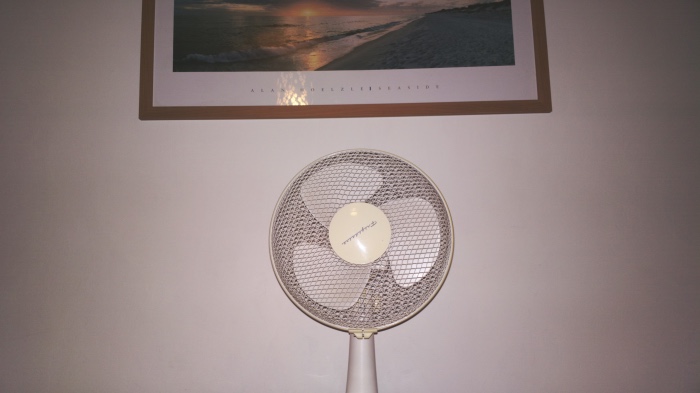
And here are central crops, scaled appropriately (though not massively) so that the field of view is similar in each case. I'm marking each phone camera here on illumination, motion freezing (i.e. lack of blur in the fan blades and, in extreme cases, the fan body itself), and shutter lag (the shutter icon was tapped as the fan passed the central position in each case, but with flash turned on some of the phones acquired a definite 'lag' before the shot was taken:
Nokia 808 PureView:
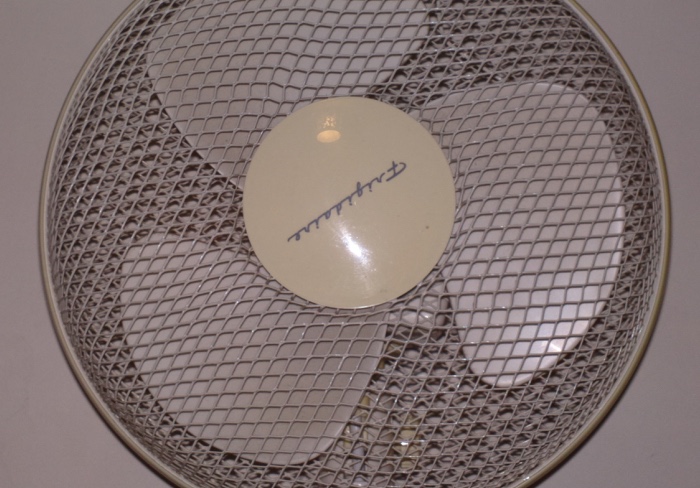
Not bad, though ultimately darker than we're used to in these days of large apertures and OIS ('turning night into day'!) Perfectly frozen though, the 808 went with a shutter speed of 1/50s (aperture is fixed at f/2.4) but with the very bright Xenon flash nearly all the detail was captured in well under a microsecond. And there was instant capture, no lag at all.
Illumination: 7/10; Motion freezing: 10/10; Shutter lag: 10/10. Total= 27/30
Nokia Lumia 1020:
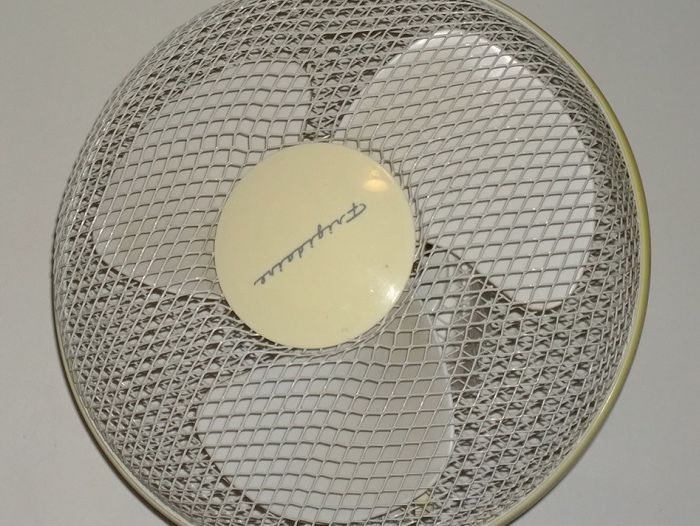
Brighter and with a typically (for an older Lumia) warmer colour cast. Also perfectly frozen, the 1020 also went with a shutter speed of 1/50s (aperture is fixed at f/2.2), the Xenon isn't as bright but more light was let in within the exposure, easily compensating. There was a slight shutter lag, as many 1020 owners will verify when trying to 'time' snaps, here seen in the way the fan has rotated a little clockwise.
Illumination: 9/10; Motion freezing: 10/10; Shutter lag: 8/10. Total= 27/30
Lumia 950:
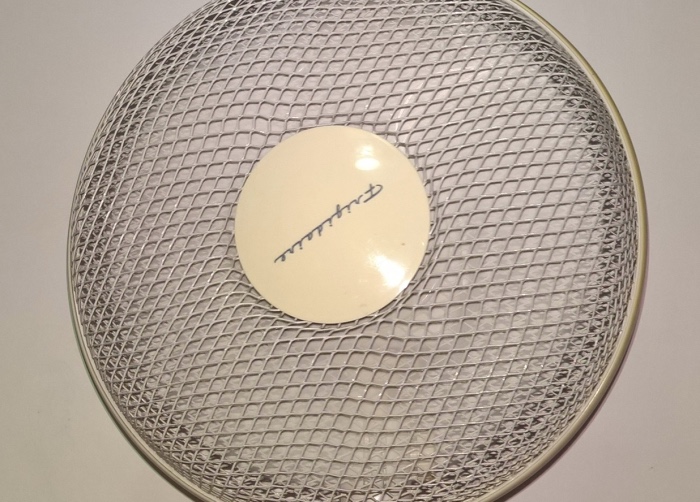
Perfectly lit (to my eyes) with the triple LED unit, but the LED flash's much longer duration had no hope of freezing the motion. The 950 went with a shutter speed of 1/12s (aperture is fixed at f/1.9) and there's was minimal shutter lag, thanks to the fast chipset and camera electronics. For the curious, I also tried out the same low light scene with 'Dynamic Exposure' (i.e. without flash turned on), but the results were much worse here.
Illumination: 10/10; Motion freezing: 2/10; Shutter lag: 9/10. Total= 21/30
Lumia 930:

Much as the Lumia 950, as you might expect, though not quite as well lit and with slightly more shutter lag. Again 1/12s exposure was used, with the 930's aperture fixed at a relatively small f/2.4.
Illumination: 9/10; Motion freezing: 2/10; Shutter lag: 8/10. Total= 19/30
Lumia 640:
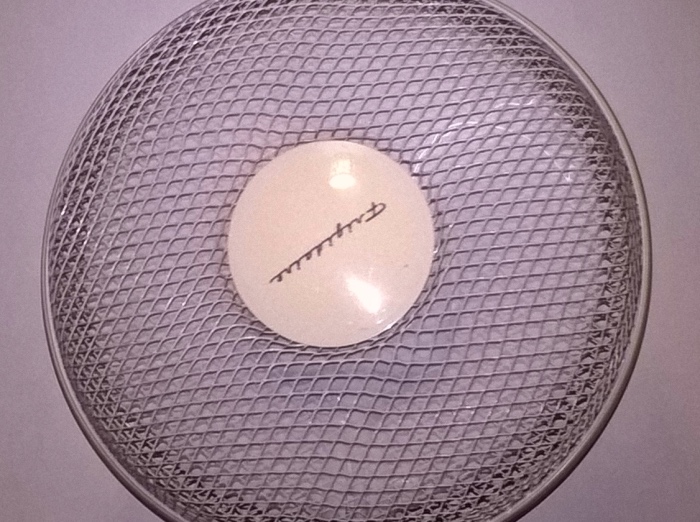
Ah yes, your average budget camera phone camera producing complete rubbish in low light with flash. No surprise here for the 640, with a characteristic purple tinge and with lots of digital noise. The Lumia 640 used an exposure of 1/25s and its aperture is fixed at f/2.2, though note that all apertures are relative to sensor size - which in this case is tiny.
Illumination: 5/10; Motion freezing: 2/10; Shutter lag: 9/10. Total= 16/30
Google Nexus 5:
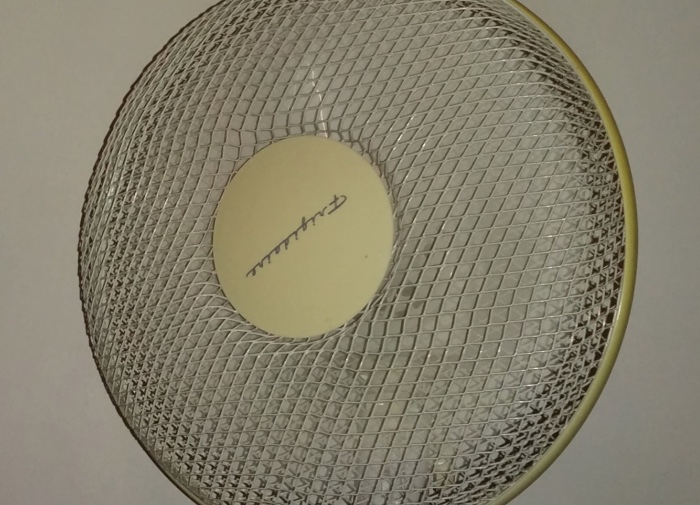
The Nexus 5 also went with a shutter speed of 1/50s (aperture is again fixed at f/2.4) but with OIS helping keep things crisp and a 1/3" sensor meaning that there's just about enough light captured. The result is about what my eyes were seeing, but other phone cameras in this test did better. There's noticeable shutter lag, common to virtually all Android phones when LED flash is used - sadly, meaning that it's usual to miss 'the moment'.
Illumination: 7/10; Motion freezing: 2/10; Shutter lag: 6/10. Total= 15/30
Google Nexus 6:
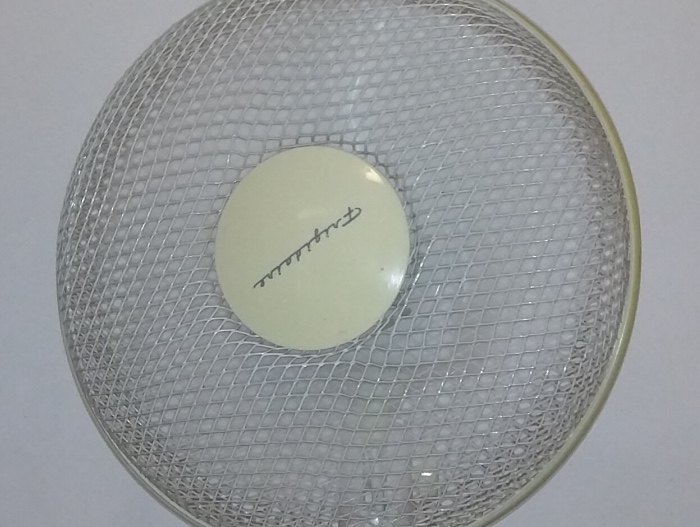
With the same software as the Nexus 5, but with brighter dual 'ring flash', the 1/40s exposure (on a f/2.0 aperture) gives a much brighter result and the faster chipset means that shutter lag isn't as bad.
Illumination: 9/10; Motion freezing: 2/10; Shutter lag: 8/10. Total= 19/30
Google Nexus 6P:
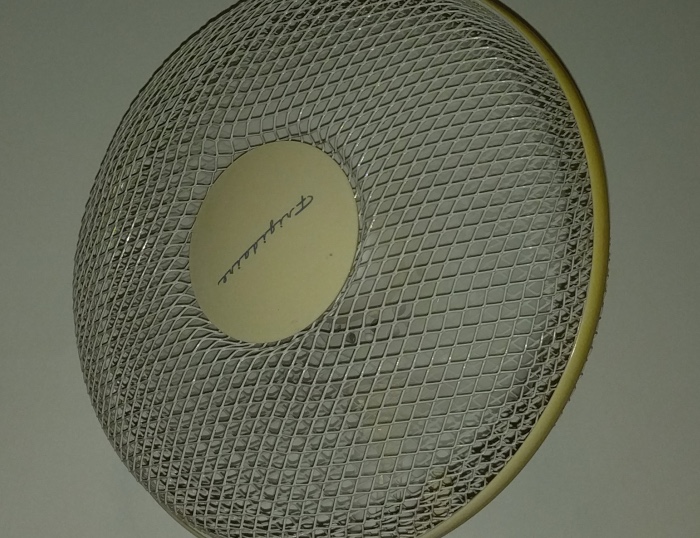
A competent shot, exposed accurately (though relatively darkly), with a 1/60s exposure freezing the fan body perfectly (though not the fan of course), at a fixed aperture of f/2.0 again. Shutter lag when LED flash is 'engaged' is terrible though. Why can Android phones not get this right? Is it a hardware or a software limitation?
Illumination: 6/10; Motion freezing: 3/10; Shutter lag: 4/10. Total= 13/30
Apple iPhone 6:
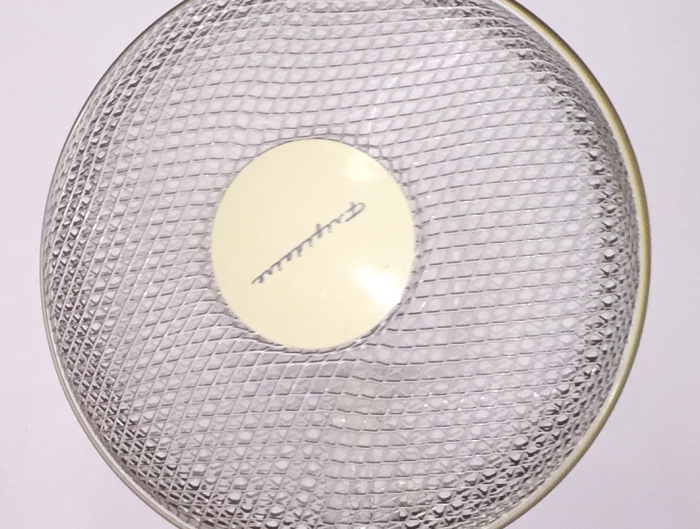
Minimal shutter lag but also minimal motion freezing, with an exposure of 1/20s (at f/2.2) - typical optimisations from Apple mean decent enough shots in low light, but with some motion blurring where people are moving slightly.
Illumination: 9/10; Motion freezing: 1/10; Shutter lag: 9/10. Total= 19/30
Apple iPhone 4s:
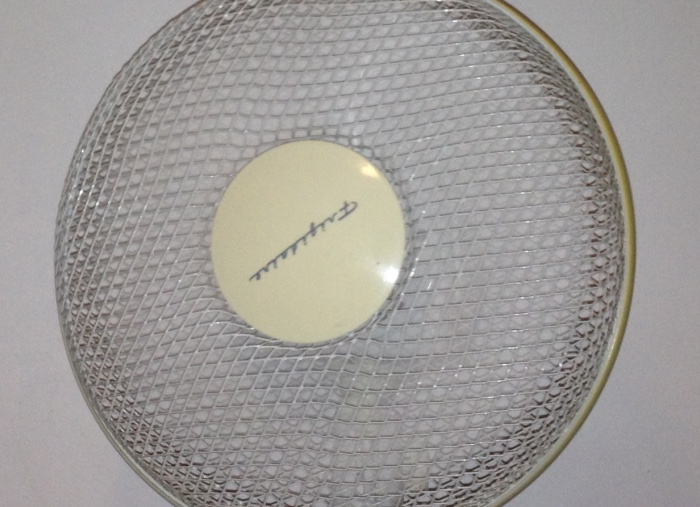
Essentially a dimmer version of the iPhone 6 shot, as you'd expect with the same 1/20s exposure time (set in the same software) but with a f/2.4 aperture this time.
Illumination: 8/10; Motion freezing: 1/10; Shutter lag: 9/10. Total= 18/30
Verdict
Adding up the scores should give us an idea of the flash capabilities of all the smartphone cameras tested:
- Nokia 808 PureView: 27pts
- Nokia Lumia 1020: 27pts
- Microsoft Lumia 950: 21pts
- Nokia Lumia 930, Google Nexus 6, Apple iPhone 6: 19pts
- Apple iPhone 4s: 18pts
- Microsoft Lumia 640: 16pts
- Google Nexus 5: 15pts
- Google Nexus 6P: 13pts
My core aim here was to see how well triple LED flash did in place of Xenon on the previous generation of Windows Phone flagships - and for anything that's moving - kids, people, pets, you really can't beat Xenon, as the test shows. The fan was spinning at something like 500rpm yet the blades were frozen in time by the Xenon bulb in the Nokia 808 and 1020.
The Lumia 950 is the best of the rest and the Apple iPhones tested did their best too, but yet again I bemoan the lack of 'proper' flash on a mainstream smartphone - since the Lumia 1020 all we've had is the incredibly bulky (and troubled) Samsung Galaxy K Zoom. Now, critics of the 808 will say that its OS is old and not fit for purpose in 2016 and they'd probably be right. Critics of the 1020 will say that the start-up and focussing times are too slow and you're likely to miss the moment before you've even pressed the shutter button to kick off the Xenon flash. So take those points on board if you will.
The biggest disappointment and surprise here was the abysmal LED flash performance of the Huawei-made Google Nexus 6P - this is supposed to be a flagship, yet there's about a one and a half second lag if you leave the phone to auto-focus and still a half second lag if already manually tapped-to-focus.
You'll know already that I rate the Lumia 950/XL camera as the best in any phone in 2016 (e.g. the comparison here with the acclaimed LG G4), but when you factor in the specific use case of needing flash then you really, really can't beat Xenon, no matter the other faults of the old host devices here.
Comments welcome - I doubt we'll ever see another phone come with Xenon flash, sadly. But consider mine a permanent vote for such a mythical beast.
PS. Pro tip: on the Lumia 1020 when shooting people/kids/pets, bear in mind that the 1020 likes to use its OIS to maintain a long enough shutter time to give you some ambient light context itself - this can result in 'ghosting' in photos if the subjects are more than a metre or two away - so experiment with the 'creative' mode, dropping the exposure manually to (say) 1/125s to emphasise the Xenon-captured reflected light more than the ambient. In this way, you can get closer to the Xenon purity of the Nokia 808, for example.
